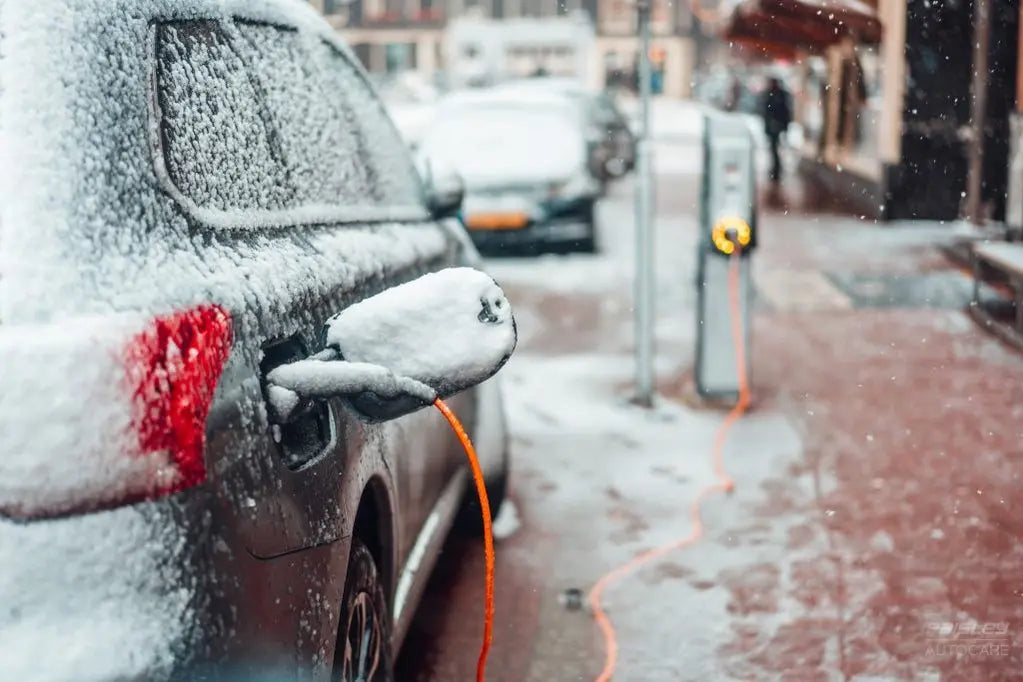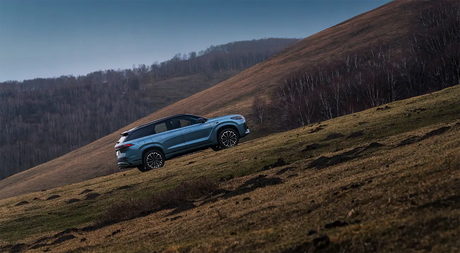How often should I get my car serviced? Is there a specific time frame for this? What are the benefits of getting it done on time? These are some of the many questions that come to mind when you think about servicing your vehicle. Here is a guide to help you decide what is best for your car and how often it needs service.
Prepare your car
If you can't get your car serviced before winter, here are a few simple things to check. Make sure fluids like oil and coolant levels stay within safe limits by checking the owner's manual for instructions on how often they should be topped up with fresh fluid.
The winter months are a great time to take good care of your car. You'll find yourself using lots more screenwash when driving in cold weather, so it's important make sure you have plenty left on hand and replace any old wiper blades before they start leaving nasty smears all over the glass.
If you want to maintain your car's safety, then keep it clean. Dirt buildup on the headlights reduce visibility at night and could lead to fines of £1k or more if registration is unreadable!

Emergency winter kit
Making sure you keep a few essential items in your car is important for any adventure. On the off chance that something goes wrong, there’s no need to worry - just make it home safely with these goodies!
A tow rope and spare coats can be handy if things take longer than expected or get more challenging while out exploring; first aid kit might come useful when treating injuries sustained during an accident (though basic supplies like bandages should always be stocked) And don't forget about food: we recommend carrying some emergency rations so they're accessible at all times.
If you've ever had to clear your windscreen on a frosty morning, then this is the perfect time for some winter relief. A can of de-icer will help make clearing away those frozen locks in just seconds rather than ten minutes.

Winter tyres
Winter tires can give you the edge in unpredictable winter weather. They often cost less than a comparable summer tire, and they perform better too.

Driving in rain and mud
When driving at night, heavy rain can seriously reduce your visibility and make it difficult to see the road.
When driving through muddy patches and large puddles, slow down so that the car can grip well in these areas. This is especially important if there are other vehicles around you as their traction may cause them to aquaplane (when tires start floating across surfaces rather than having a solid hold). If this happens it could lead your vehicle spinning uncontrollably.

When driving in floodwater, avoid the edges of road where you can find deeper water and lightly press down on your brakes once clear to prevent hydroplaning.

Driving in fog
Fog is a dangerous weather condition to drive in because the reduced visibility can dramatically reduce your chances of success. If you have an accident with one car's headlights and fog lights on, it will be much more difficult for drivers near them as well since both scenarios result in decreased light conditions which could cause even further accidents (and pileups). Drive slowly - taking turns carefully when possible so that other vehicles do not swerve into their path; use dipped beams during daytime hours only.

Driving in low sunlight
The sun can be quite low in winter, which makes it very dazzling and causes accidents. Make sure your windscreen is clean inside and out for better visibility; carry a pair of sunglasses when you're driving into the sun because its glare will cause eyestrain.

Driving in snow and ice
Safety is of utmost importance on slippery roads, especially if you have any passengers. Make sure to slow down gradually and only use the brakes lightly when necessary - heavy braking can cause skid marks that are difficult for your tires to grip in order maintain control over direction or speed while going downhill at high speeds. You should also be aware that even with 4x4 capabilities it will take just as long (if not longer) than driving a normal car because every time we accelerate back up from slowing ourselves there's another mini-slip effect happening which makes stopping much more difficult.
Keep your four-wheel drive vehicle's lights, windows and number plates clear of snow. Remember that even when the road looks clearer you could still get stuck in icy patches so be careful not to rev up too high if there is any precipitation on either pavement or dirt roads! To release yourself from this nasty situation try putting it into higher gear (second would work best) then rock back forth gently with one foot out of each door as well keeping an eye out for traffic coming towards you while slowly inch forward at first until finally getting traction again before driving off safely once more.




